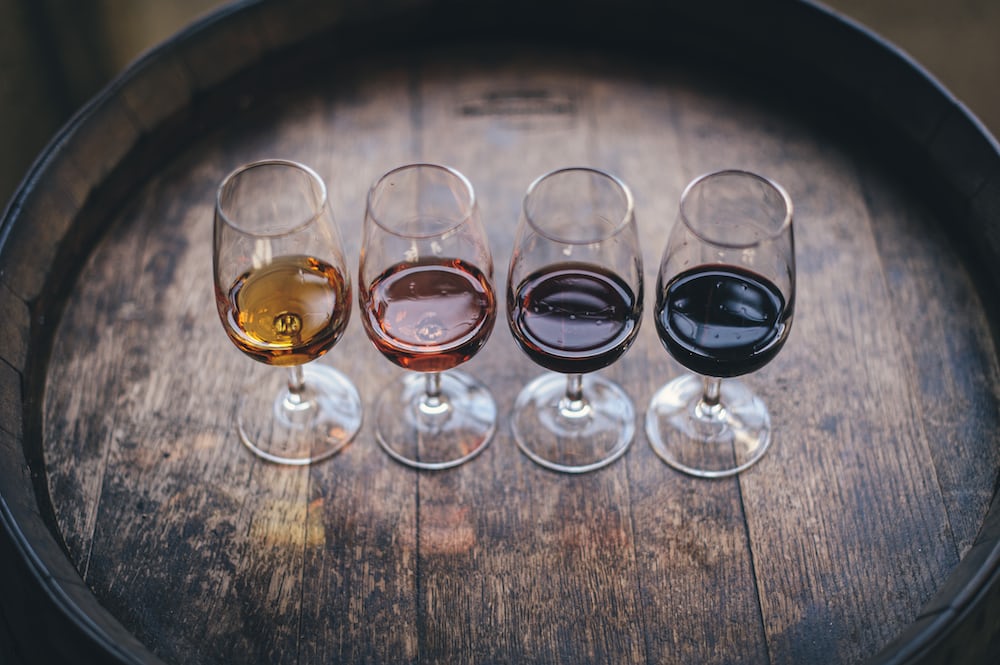Wine, a timeless and beloved beverage, offers an exquisite journey through the nuances of taste, aroma, and character. Among the various classifications, white and red wines stand distinct, each possessing unique qualities that tantalize the palate and cater to diverse preferences.
Grapes and Production:
The primary distinction between white and red wines lies in the grapes used and the winemaking process. White wines are often made from green or yellow grapes with the skins removed before fermentation, allowing for a crisper and lighter color. Red wines, however, use dark-skinned grapes, and the skins remain during fermentation, imparting a deeper hue and tannins to the wine.
Color and Appearance:
The most apparent difference is, of course, their color. White wines exhibit a range of hues, from pale yellow to golden tones, while red wines showcase a spectrum from light red to deep purple or ruby shades.

Taste Profiles:
White wines typically offer a lighter, more refreshing taste characterized by notes of citrus, tropical fruits, florals, and sometimes minerality. On the other hand, red wines present a broader array of flavors, including dark fruits like cherries, plums, berries, along with earthy undertones, spices, and sometimes hints of oak.

Tannins and Body:
Tannins, compounds found in grape skins, seeds, and stems, contribute to the mouthfeel and structure of wine. Red wines, due to prolonged contact with grape skins, tend to have higher tannin levels, resulting in astringency and a fuller-bodied sensation. White wines generally possess lower tannins, offering a crisper and lighter mouthfeel.

Serving and Pairing:
White wines are often served chilled, enhancing their refreshing qualities and making them ideal for lighter meals, seafood, salads, and cheeses. Red wines are typically served at room temperature, complementing heartier dishes like red meats, pasta, rich sauces, and aged cheeses.

Aging Potential:
While both white and red wines can age, red wines often have higher tannin levels, allowing them to evolve and mature gracefully over time, gaining complexity and depth. Certain white wines, particularly those high in acidity like Riesling or Chardonnay, can also benefit from aging.

Conclusion:
White and red wines offer distinct experiences, catering to various tastes and occasions. Whether it’s the crispness and vibrancy of a chilled white wine or the complexity and depth of a robust red, the world of wine presents an enticing spectrum for enthusiasts to explore. Each glass tells a story, unveiling the craftsmanship, terroir, and character encapsulated in every sip, making the journey through the diverse world of wines an endlessly fascinating and rewarding experience.

